John Nathaniel Frank Was Generous to a Fault!
When art classes in Oklahoma public schools and colleges needed help with the stuff that makes up pottery and ceramics, John Frank was there. During the Depression and World War II, when chemicals for clays and glazes were in short supply, many Oklahoma art teachers and professors depended on the Christian charity of Mr. Frank, and he did not disappoint.
When the Cherokee and Creek Indian Nations wanted to re-establish their ancient art of pottery in the 1970’s, it was John Frank to whom they turned for molds and raw materials.
The Frankoma Old Timers think that many examples of this pottery exist today and, although these pieces are not Frank Pottery or Frankoma, they are an important part of the story of John Frank and Frankoma. Possible examples follow.
Dorothy Maril created this vase while a student at Oklahoma City University in the late 1930’s or early 1940’s, under the professorship of Mary Allen. Maril graduated in 1943. The vase bears a striking resemblance to the late version of the Frankoma Scallop Top Vase #79, curved lines, c 1940-49, younger cousin to the early #79 vase with straight lines, c 1934-38, designed by Joseph Taylor. The glaze and clay colors tell the rest of the story.

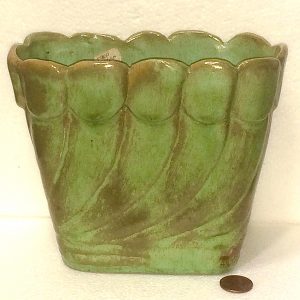
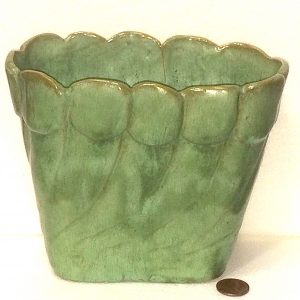

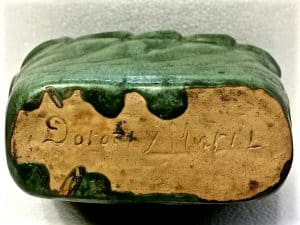
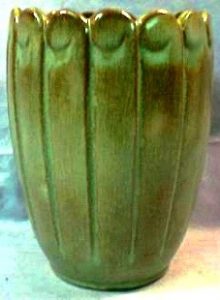

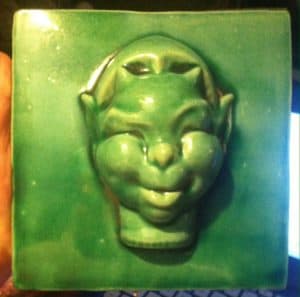
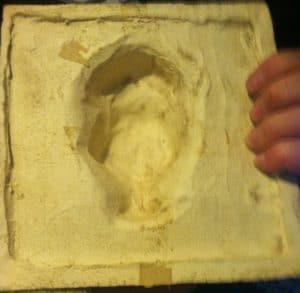


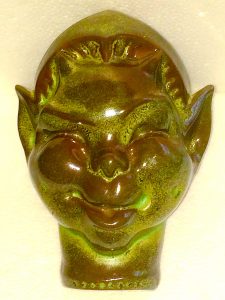
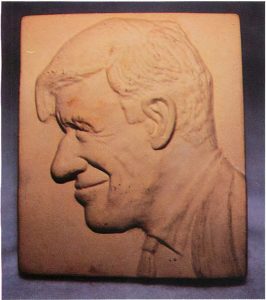
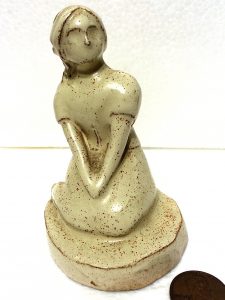
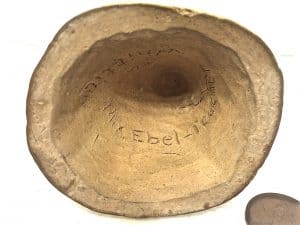





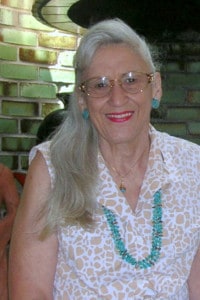



That last piece is of Joan of Arc.
Thanks for identifying this figurine. Frankoma collectors and historians appreciate your information. Ken